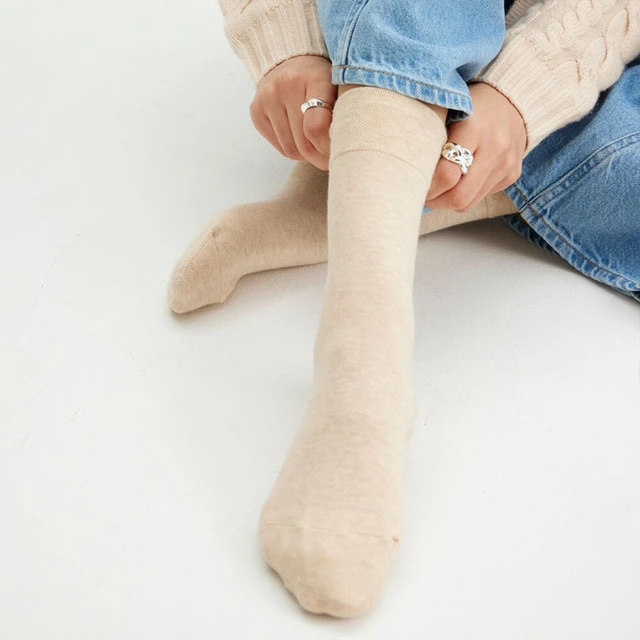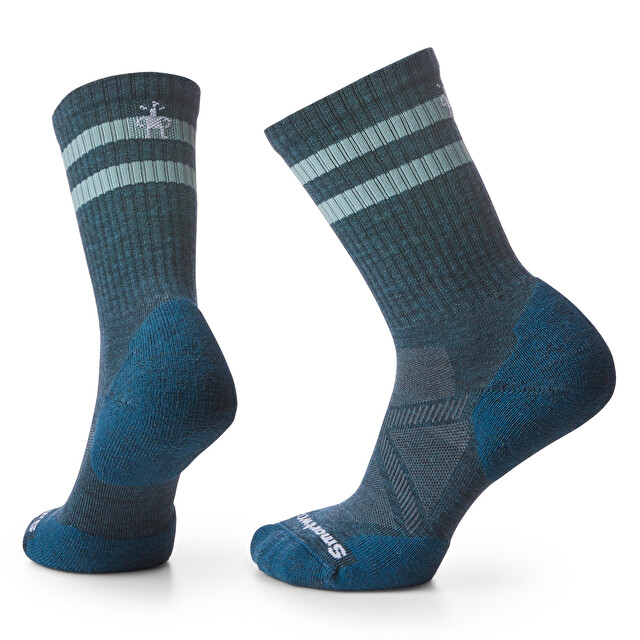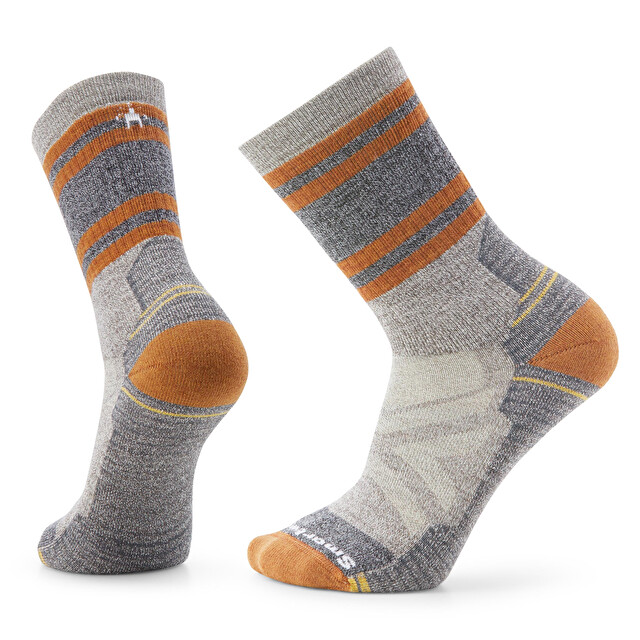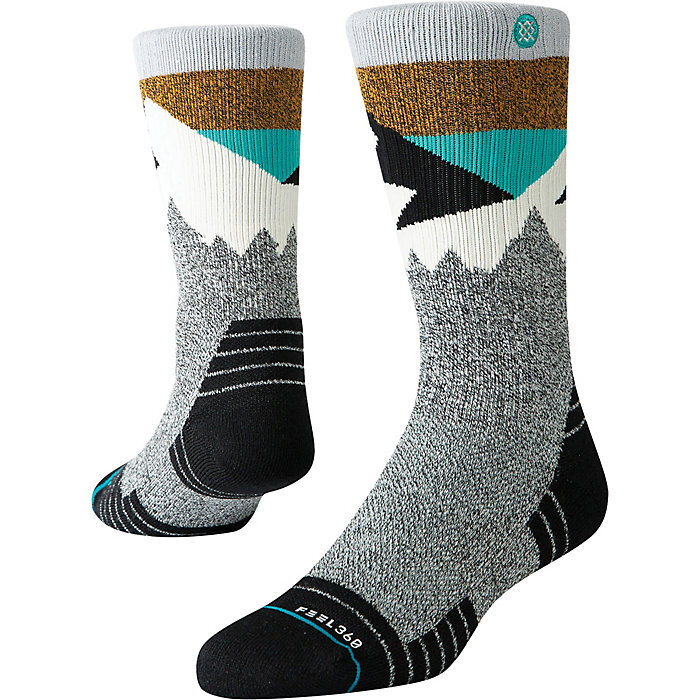I. Importance of Proper Hiking Socks

A. Enhancing Comfort and Performance
When it comes to hiking, comfort is key. Proper summer hiking socks are designed to provide cushioning and support for your feet, which can make a world of difference on long treks. Additionally, the right socks can help improve your overall performance by reducing fatigue and preventing foot pain.
B. Preventing Blisters and Hot Spots
One of the most common problems hikers face is blisters and hot spots. Ill-fitting or inappropriate socks can cause friction and irritation, leading to painful blisters that can quickly dampen your hiking experience. Proper hiking socks are designed to minimize rubbing and wick away moisture, reducing the risk of blisters and hot spots.
II. Key Features of Summer Hiking Socks
A. Moisture-Wicking and Breathable Materials
During the warmer months, hikers are particularly susceptible to sweaty and uncomfortable feet due to hot and humid conditions. That’s where the importance of moisture-wicking and breathable materials in hiking socks comes into play. Look for socks made from merino wool, a natural fiber renowned for its exceptional moisture-wicking properties. Merino wool possesses the ability to absorb moisture from your skin and release it into the air, keeping your feet dry and comfortable throughout your hike. Additionally, consider socks crafted from synthetic materials such as polyester or nylon, as they are designed to wick moisture away from the skin, promoting ventilation and preventing the accumulation of sweat.
B. Cushioning and Support for Long Treks
Long treks can take a toll on your feet, especially when navigating challenging terrain. Thus, it’s crucial to seek summer hiking socks that offer ample cushioning and support. Opt for socks with strategically placed padding in the heel and toe areas to minimize impact and reduce the risk of discomfort and fatigue. Look for socks designed with additional arch support to promote stability and reduce strain on your feet during extended hikes. By selecting socks with adequate cushioning and support, you can enhance your overall hiking experience and minimize the risk of foot-related discomfort or injuries.
C. Lightweight and Quick-Drying Designs
When embarking on summer hikes, it’s imperative to keep your gear as lightweight and quick-drying as possible. Lightweight hiking socks contribute to a more agile and comfortable experience, allowing unrestricted movement while maintaining the desired level of protection. Furthermore, quick-drying socks are essential for efficiently managing moisture and sweat, which is particularly critical during warm-weather hikes. Whether you encounter unexpected rain or need to navigate water crossings, quick-drying socks ensure that your feet stay dry and comfortable, reducing the risk of blisters and chafing while on the trail.
III. Choosing the Right Fit

A. Selecting the Appropriate Length
When it comes to hiking socks, the length plays a significant role in providing comfort and protection. While some hikers prefer ankle-length socks for lightweight and breathable options, others may opt for crew-length or over-the-calf socks for added coverage and support. The choice of length depends on personal preference and the type of terrain you’ll be hiking on. An appropriate length can prevent debris and dirt from entering your shoes while offering additional padding and protection for your ankles.
B. Ensuring the Correct Sock Size
Ensuring that you have the correct sock size is crucial for preventing discomfort and issues such as bunching or slipping. Ill-fitting socks can lead to blisters and discomfort during your hike. It’s essential to refer to the manufacturer’s sizing guide to find the right fit for your feet. Taking into consideration the shape and volume of your feet, as well as your shoe size, will help you find socks that provide a snug yet comfortable fit.
IV. Material Matters
A. Merino Wool and Its Benefits
Merino wool is a popular choice for hiking socks due to its natural properties that make it suitable for various outdoor conditions. This high-quality wool is known for its moisture-wicking abilities, excellent odor resistance, and temperature regulation, making it ideal for both warm and cool weather hiking. Merino wool is soft and comfortable against the skin, and its natural elasticity provides a snug fit without feeling tight. Additionally, it has the advantage of being breathable, making it a great choice for long hikes.
B. Synthetic Fabrics for Warm Weather
Synthetic fabrics such as polyester, nylon, and spandex are commonly used in hiking socks, especially for warm weather conditions. These materials are lightweight, durable, and quick-drying, making them ideal for hot and humid environments. Synthetic hiking socks also often feature moisture-wicking properties, effectively drawing sweat away from the skin to keep your feet dry and comfortable. They are also known for their durability and ability to maintain their shape and structure even after multiple washes and extended use.
C. Blended Options for Versatility
Many hiking socks on the market are made from a blend of materials, offering a combination of the benefits provided by each fabric. For example, a merino wool and nylon blend may provide the comfort and moisture-wicking properties of merino wool, along with the durability and quick-drying capabilities of nylon. Blended options offer versatility, catering to a wide range of hiking conditions and preferences. They can provide the best of both worlds, ensuring comfort, performance, and durability for long days on the trails.
V. Maintenance Tips for Hiking Socks

Proper maintenance of hiking socks is essential for ensuring their longevity and performance. From washing and drying techniques to storage and odor control, taking care of your hiking socks will help keep them in top condition for all your future outdoor adventures. In this article, we’ll discuss important maintenance tips to ensure your hiking socks remain comfortable, durable, and odor-free.
A. Washing and Drying Techniques
Hiking socks are exposed to dirt, sweat, and odor during outdoor activities, so it’s crucial to clean them thoroughly without compromising their quality.
When washing hiking socks, it’s best to follow the care instructions provided by the manufacturer. However, as a general guide, machine wash the socks in cold or warm water with a mild detergent. Avoid using bleach or fabric softeners, as they can degrade the materials and reduce the sock’s performance.
To preserve the integrity of the socks, turn them inside out before washing to prevent damage to the exterior fibers. Additionally, consider washing the socks with similar colors to avoid potential dye transfer from other garments.
For drying, air-drying is the preferred method for hiking socks, as the high heat of a dryer can damage the elasticity and fibers. Hang the socks outdoors or lay them flat indoors to air-dry completely before storing or wearing them again.
B. Storage and Odor Control
Proper storage and odor control are essential for maintaining the freshness and longevity of your hiking socks.
After each use, make sure to air out your socks to allow moisture and odors to dissipate. Avoid leaving damp socks in a confined space, as this can promote the growth of bacteria and cause unpleasant odors.
When storing hiking socks between adventures, keep them in a well-ventilated area to prevent mustiness. Avoid sealing them in airtight containers or plastic bags, as this can trap moisture and lead to mildew or odors.
To control and prevent odors, consider using odor-fighting solutions such as specialized sock detergents, baking soda, or odor-absorbing pouches. These can help combat any lingering smells and keep your socks fresh and ready for your next hike.
In conclusion, the right socks can make all the difference in your summer hiking adventures. By choosing socks that are moisture-wicking, breathable, cushioned, and quick-drying, you can ensure that your feet stay comfortable and protected on the trails. Whether you’re embarking on a short day hike or a multi-day trek, proper hiking socks are an essential piece of gear that should not be overlooked. So before you set out on your next adventure, take the time to invest in the right socks for the journey ahead. Happy hiking!
